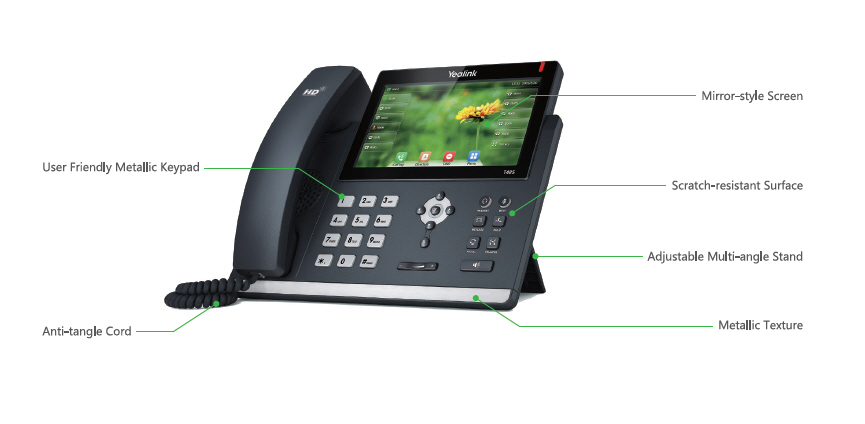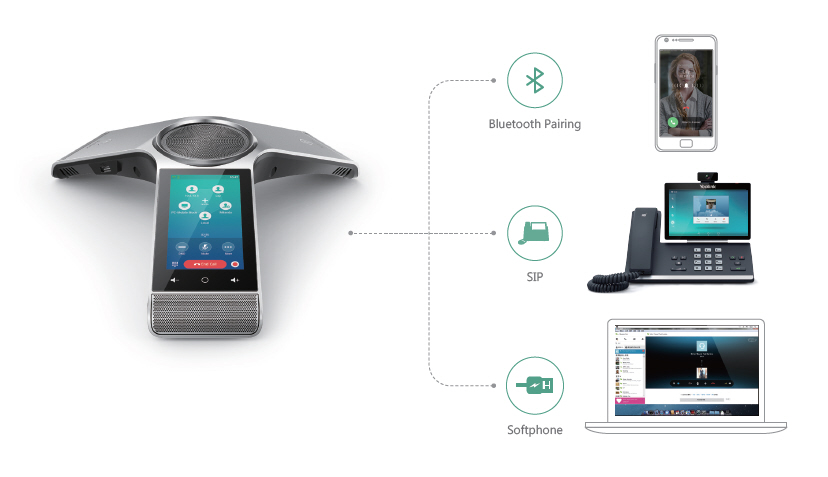Introduction
As businesses continue to evolve in an increasingly digital age, the need for efficient communication systems has never been more paramount. One of the standout solutions making waves in the corporate world is the VoIP Phone System. But how does one make this transition without a hitch? In this comprehensive guide, we will explore how to transition smoothly to a VoIP phone system in your organization, diving into everything from planning to execution, and addressing potential pitfalls along the way.
What is a VoIP Phone System?
Understanding VoIP Technology
VoIP, or Voice over Internet Protocol, allows you to make voice calls using the internet instead of traditional phone lines. This technology converts your voice into data packets, which are then transmitted over the internet. As a result, it offers flexibility and scalability that traditional systems simply can't match.
Advantages of VoIP Phone Systems
- Cost Efficiency: Lower call rates and reduced infrastructure costs. Flexibility: Easily add or remove lines depending on business needs. Advanced Features: Access to features like voicemail-to-email, video conferencing, and call forwarding.
Common Misconceptions about VoIP
Some may believe that transitioning to a VoIP phone system is overly complex or that it's only suitable for tech-savvy organizations. However, this http://cashvkpt756.trexgame.net/how-to-maximize-efficiency-with-your-new-voip-phone-system couldn't be further from the truth! Modern VoIP solutions are user-friendly and designed for seamless integration.
Assessing Your Current Communication Needs
Identifying Pain Points with Current Systems
Before transitioning, it’s crucial to understand what’s working and what’s not. Are your current phone lines costing too much? Is there frequent downtime? Conducting a thorough assessment will help you identify gaps.

Setting Clear Objectives for Transition
What do you want to achieve with your new VoIP phone system? Whether it’s cost reduction or enhanced functionality, having clear objectives can guide your decisions throughout the transition process.
Choosing the Right VoIP Provider
Evaluating Potential Providers
Not all providers are created equal. Factors such as reliability, customer support, and feature sets should be top of mind when selecting a provider.
Key Features to Look For:
- Scalability Security Features Integration Capabilities
Comparing Pricing Models
Different providers may offer various pricing models ranging from monthly subscriptions to pay-per-use plans. Analyze which model aligns best with your organization’s budget.
Planning Your Transition Strategy
Developing a Roadmap for Implementation
Once you've selected a provider, it’s time to create a roadmap detailing each phase of implementation—from setup to training staff.
Example Roadmap:
Initial Setup Staff Training Pilot Testing Full Rollout Feedback & AdjustmentsInvolving Relevant Stakeholders
Engage team members across departments early on. Their input can provide insights into specific needs that might inform your choice of features and services.
Preparing Your Infrastructure for VoIP
Assessing Internet Bandwidth Requirements
A stable internet connection is vital for any VoIP phone system—low bandwidth can lead to choppy calls or dropped connections.
Minimum Bandwidth Recommendations:
| Activity | Recommended Speed | |-------------------|------------------| | Voice Calls | 100 Kbps per call | | Video Calls | 1 Mbps per call | | Large File Transfers | 10 Mbps+ |
Ensuring Network Security
Cybersecurity is critical when implementing any new technology solution. Ensure that firewalls are up-to-date and consider employing VPNs or other security measures.
Training Employees on New Systems
Creating Effective Training Programs
Training should be hands-on and tailored according to different user levels within your organization—from IT professionals who will manage the system down to everyday users who will utilize it daily.
Types of Training Methods:
- In-person workshops Video tutorials User manuals
Addressing Employee Concerns
Change can be daunting! Be sure to address any employee concerns they may have about adopting new technology through open forums or Q&A sessions.
Pilot Testing Your New VoIP System
Importance of Pilot Testing
You wouldn’t launch a ship without testing its capabilities first! A pilot test allows you to evaluate performance issues before rolling out company-wide.
Key Metrics for Evaluation:
- Call Quality User Experience Reliability of Features
Collecting Feedback During Pilot Phase
Encourage feedback from participants during this phase—it’ll provide valuable insights into potential issues before full implementation occurs.
Full Rollout of Your VoIP Phone System
Timing Your Full Rollout
Timing is critical; avoid high-stress periods (like quarterly reports) when implementing changes that could impact productivity.
Communicating Changes Effectively
Communicate rollout details clearly—consider an internal newsletter outlining changes so everyone knows what to expect!
Monitoring Performance Post-Rollout
Keeping Track of Key Performance Indicators (KPIs)
Post-rollout monitoring helps ensure everything runs smoothly; focus on KPIs like call drop rates and customer satisfaction scores.
Example KPIs:
| KPI | Target | |-----------------------|---------------| | Call Drop Rate | < 1% | | Customer Satisfaction | > 90% |
Regular Check-ins for Continuous Improvement
Schedule regular meetings with teams involved in utilizing the system—gather feedback consistently!
Troubleshooting Common Issues with VoIP Systems
Identifying Common Issues
Some common challenges include poor call quality or disconnections due to network issues—knowing how these manifest can help you resolve them quickly!

Solutions for Common Problems:
Poor Call Quality:- Check Bandwidth. Upgrade hardware if necessary.
- Test Network Stability. Consider Quality of Service settings on routers.
- Adjust microphone sensitivity settings.
- Optimize network; close unnecessary applications consuming bandwidth.
- Double-check settings against manufacturer's guidelines.
- Regular maintenance checks on hardware components like routers and IP phones.
Conclusion
Transitioning smoothly to a VoIP phone system in your organization can greatly enhance communication efficiency while reducing costs significantly! By following these outlined steps—from assessing current needs through post-launch monitoring—you'll set yourself up for success every step along the way!
Frequently Asked Questions (FAQs)
1. What is a VoIP phone system?

2. How much does it typically cost to implement a VoIP system?
Costs can vary widely depending on features chosen but generally range from $15-$50 per user monthly.
3. Do I need special equipment for VoIP?
While many modern computers and smartphones can serve as devices, dedicated IP phones often provide better quality audio experiences.
4. Can I keep my existing telephone number when switching?
Yes! Most providers allow number porting so you can retain your existing numbers during transition.
5. How do I ensure my network supports VoIP effectively?
Testing bandwidth requirements prior is essential—ensure at least 100 Kbps per active call session available at minimum!
6. What if I experience technical difficulties after implementation?
Most reputable providers offer robust customer support options; don’t hesitate reaching out when issues arise!
In closing, remember—the goal isn't merely adopting new technology but enhancing communication overall within your organization!